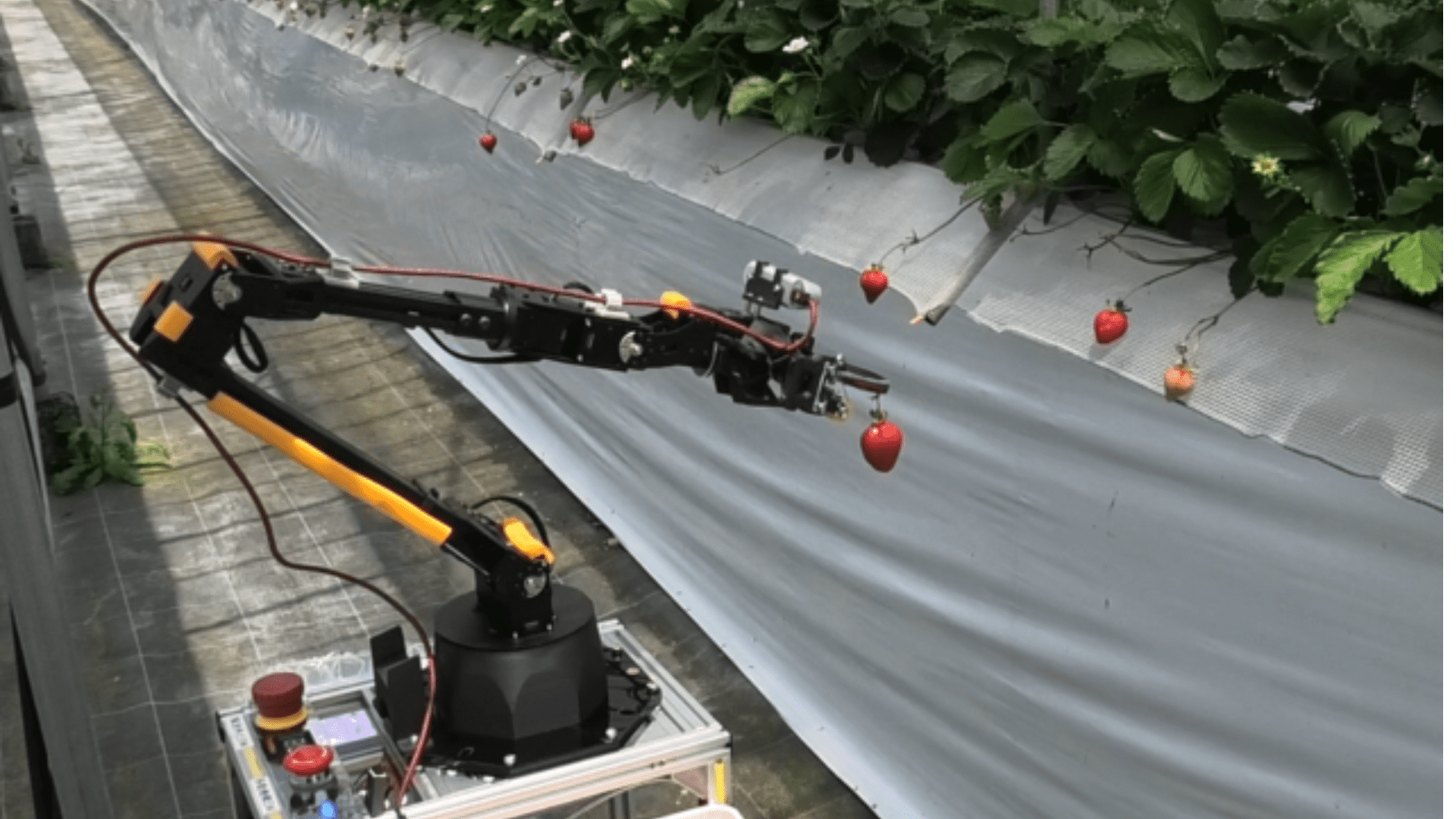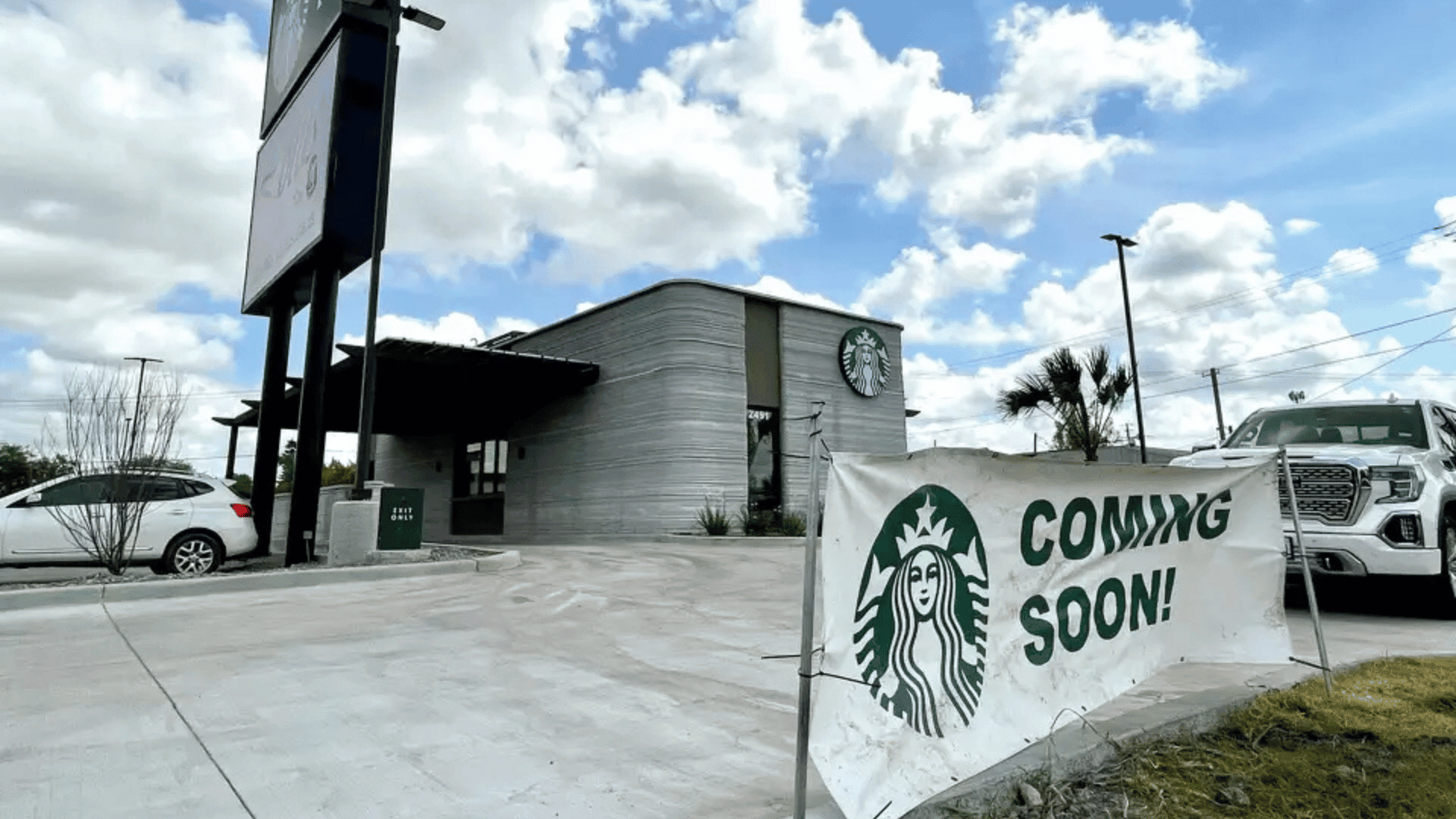Fruit, specifically strawberries, will always be in demand. However, the amount of workers doing the backbreaking work in the fields is starting to decline. Raised, high-bed cultivation helps ease the manual labor, but there is a growing interest in autonomous robots taking over those roles.
Autonomous Berry Robots

Researchers believe that autonomous robots could help harvest strawberries, tomatoes, and other such produce. Osaka Metropolitan University Assistant Professor Takuya Fujinaga took the first step and developed an algorithm to power an autonomous robot that does just that.
He says that the algorithm would allow the robots to drive autonomously in two modes: moving to a pre-designated destination and moving alongside raised cultivation beds. The Graduate School of Engineering researcher experimented with an agricultural robot that utilizes lidar point cloud data to map the environment. The research team tested the autonomous robot in both a virtual and a real environment.
The tests reportedly confirmed that the robot could maintain smooth, reliable movement, even if the terrain conditions shifted or if the bed heights varied.
“If robots can move around the farm more precisely, the range of tasks that they can perform automatically will expand, not only for harvesting, but also for monitoring for disease and pruning,” Professor Fujinaga explained. “My research shows a possibility, and once this type of agricultural robot becomes more practical to use, it will make a significant contribution to improving work efficiency and reducing labor, especially for high-bed cultivation.”
This technology has the potential to transform farm operations by enabling robots to take on tasks beyond harvesting, such as crop monitoring, precision pruning, and potentially even irrigation or fertilization. As these machines become more viable and scalable, they could ease the physical demands on farm workers, boost overall efficiency, and support more sustainable agricultural practices.
Like most innovations for farming and harvesting, the autonomous robots are intended to ease the workload. Efficiency is always at the center of agricultural advancements.







